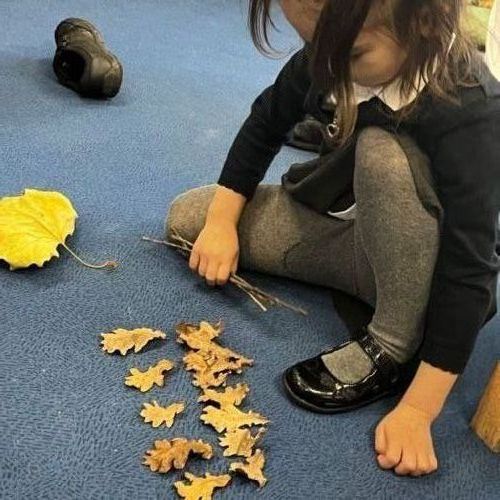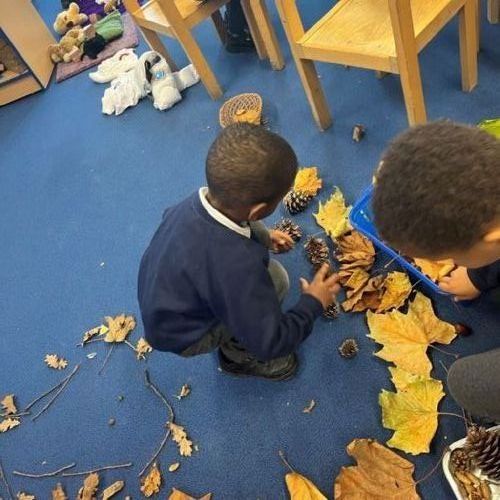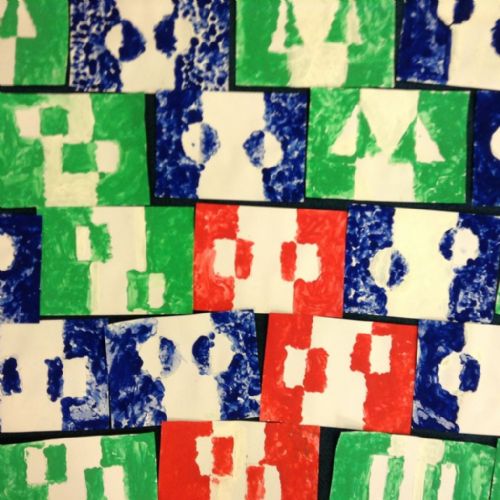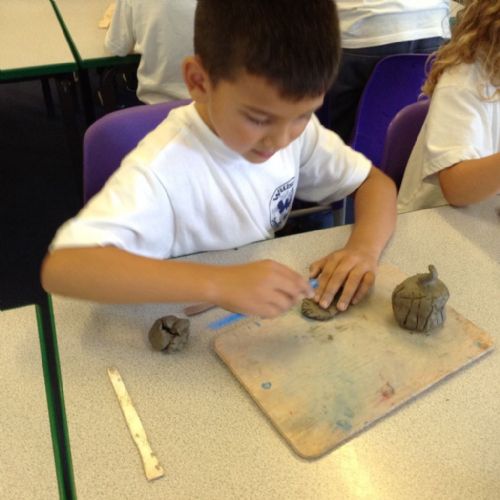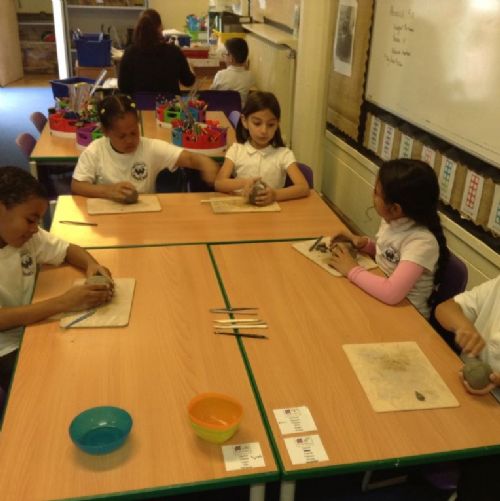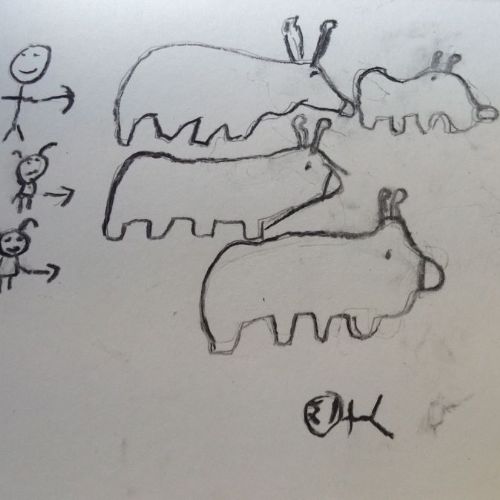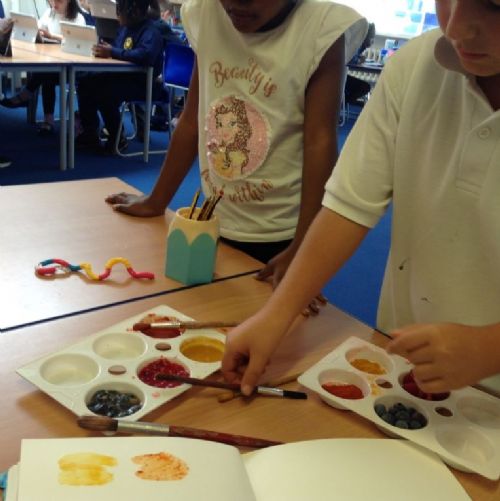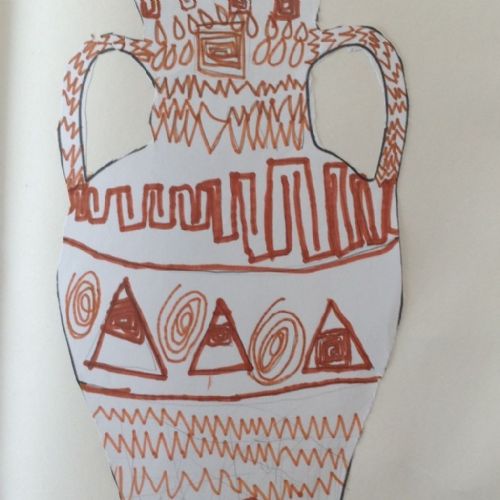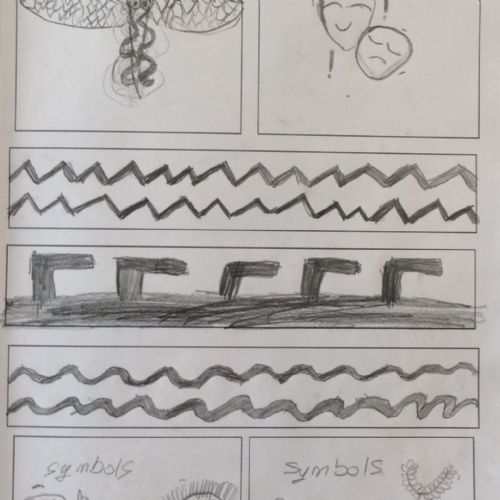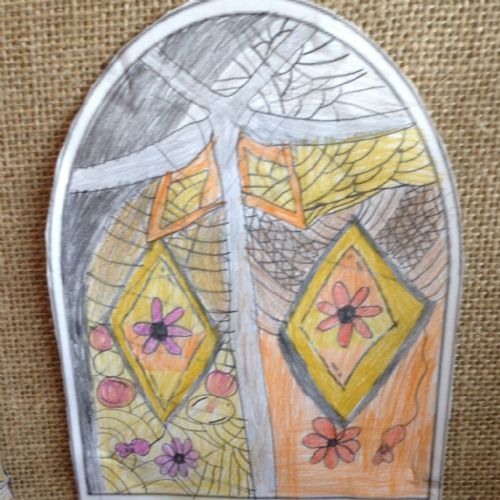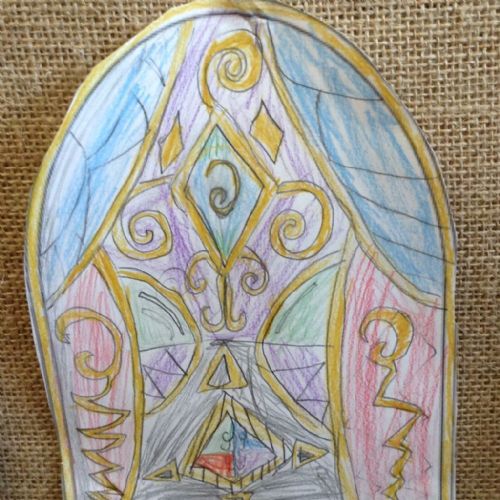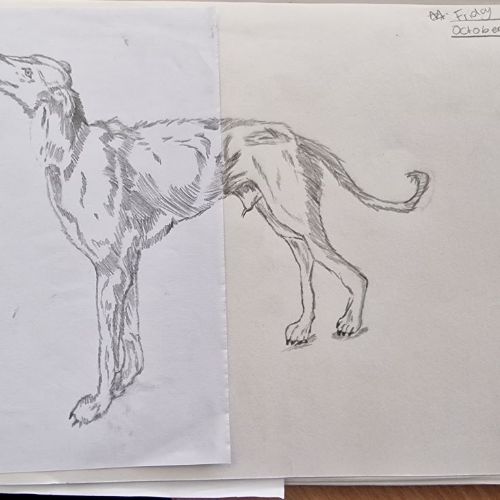Art & Design
At Wilbury, we have a subject motto – “art builds our confidence, skills, creativity and helps us to express ourselves.” We want children to learn key making skills, to be introduced to a wide range of artworks and artists and to allow their own creativity to flourish.
We follow the National Curriculum for the teaching of art and design, and focus on the following three concepts:
- Mastering practical art skills with a focus on drawing and painting through the school
- Taking inspiration from artists across the world and through time
- Learning to evaluate and analyse their own and other artists’ work
To enable our children to develop their skills and appreciation of art, it is important that our art curriculum provides well-designed opportunities for children to learn and practice their skills in a progressive manner through the school, starting in Early Years. Each year the children are explicitly taught how to draw, paint, sculpt and print. In the Early Years they are given a chance to explore these skills. By Key Stage 1 the children will have applied and developed these skills and by the end of Key Stage 2 they will have extended and mastered them. The children have a chance to experiment with a range of materials to create artworks, including clay, watercolour, charcoal, ink, and lino prints. This increases their confidence working with a range of different media.
It is important our students have opportunities to grow and develop their appreciation and knowledge of art as they move through the school. Each year group’s curriculum builds on the learning from previous years, making links to past learning of both skills and knowledge. Every term our children start a new art topic in which they focus on a key artwork by artists of all ages, genders and cultures who work in different media. By focusing on a single piece of art, the children can understand the making process, the artist’s intentions, and the technical elements behind the artwork. Starting from Early Years, our children are taught to observe artworks carefully to spot certain techniques used by the artist – line, colour and tone, shape and form, space, pattern, and texture. The children then have a chance to practise and develop these techniques themselves, for example colour mixing, shading and hatching, moulding and carving and layering and replicating designs. All children are then able to create their own works of art using these techniques, inspired by their own experiences and imagination.
A key aim of our art curriculum is to build cultural capital by exposing children to artists and artwork that they will not normally encounter. We ensure the children have a chance to visit galleries, be they virtual or in real life, to meet local artists and to create large community art installations. In Year 5, the children are given an opportunity to visit the British Museum to see the great range of Greek pottery, which will allow them to see first hand the skills and techniques used which will inspire their own Greek inspired pots.
Our art curriculum also helps the children to become evaluative and reflective learners, as they are given the chance throughout their lessons to assess the application of their skills and knowledge. We encourage the children to notice similarities and differences between artists’ techniques and processes as well as making links to their own works of art. Sketchbooks are used through the school and give the children an opportunity to record their ideas, observations, and designs and to experiment key skills and techniques. Vocabulary enrichment runs through our whole curriculum and therefore we ensure that children learn new vocabulary through art that is transferrable to other areas of the curriculum to deepen their knowledge and understanding.
By the end of year 6, we want our children to have developed a real enjoyment and appreciation of art, as well as having the skills which they can build on through secondary school and beyond. As a result of our in-depth art curriculum, our students are confident in their application of various skills in creating artwork that truly reflects their own originality and unique talents.
Below you can view curriculum intent and key learning at each stage (composite knowledge). By selecting a year group, you can view the progression documents.

